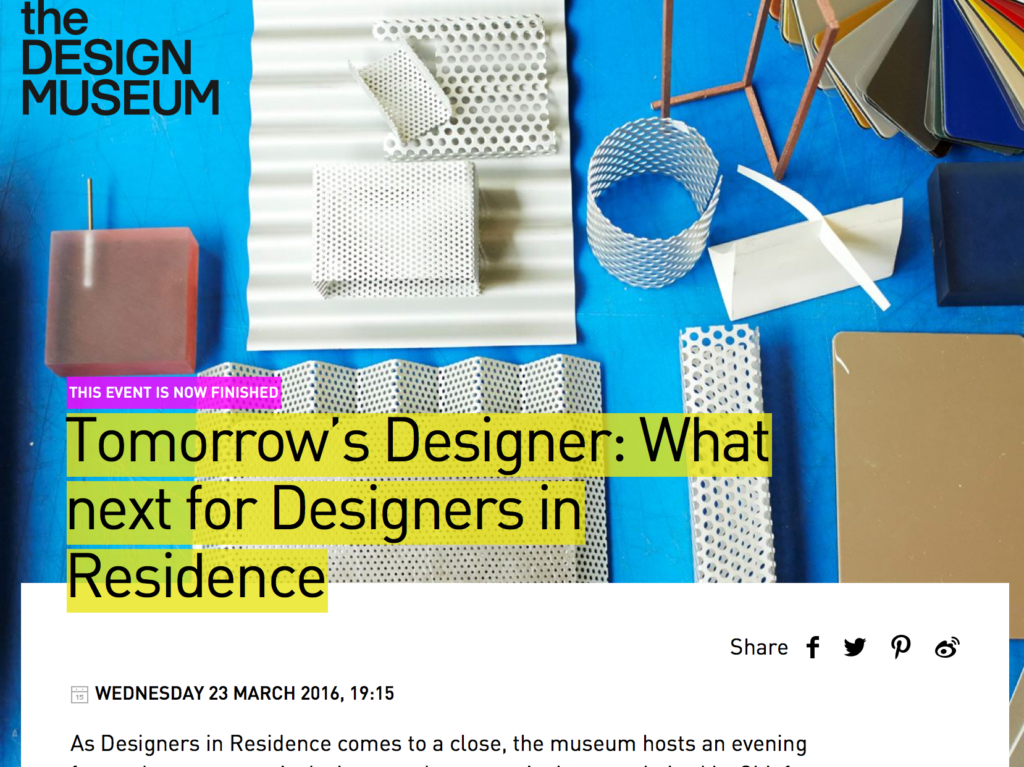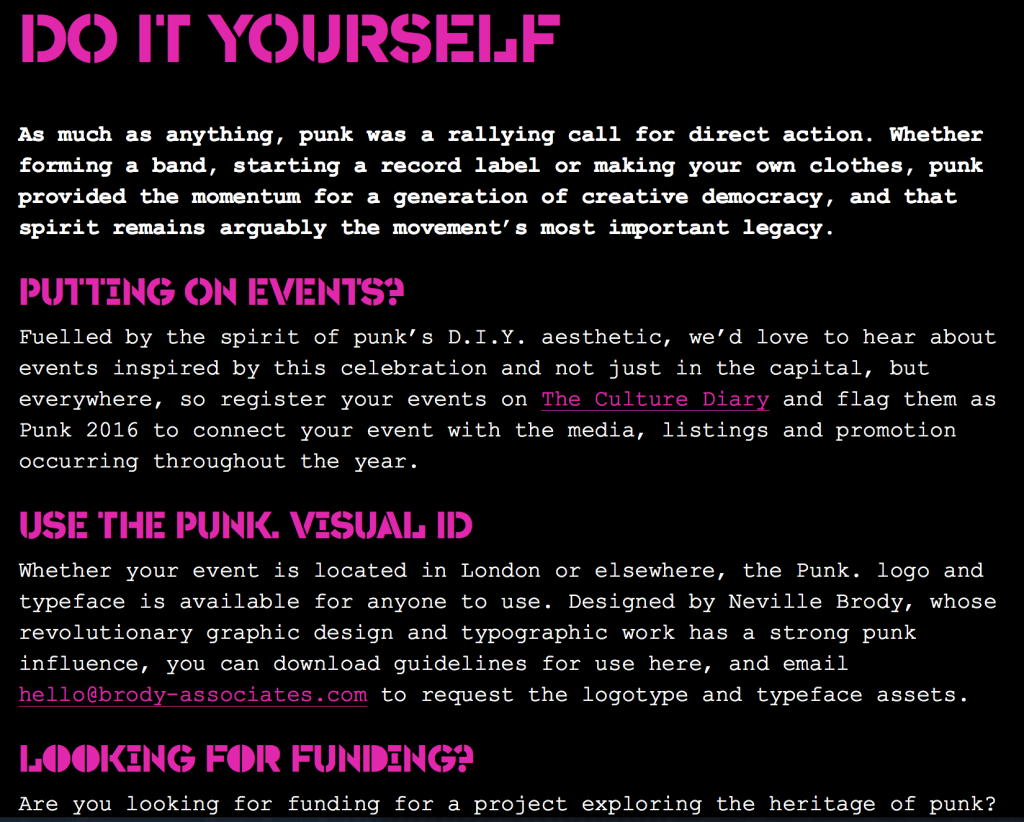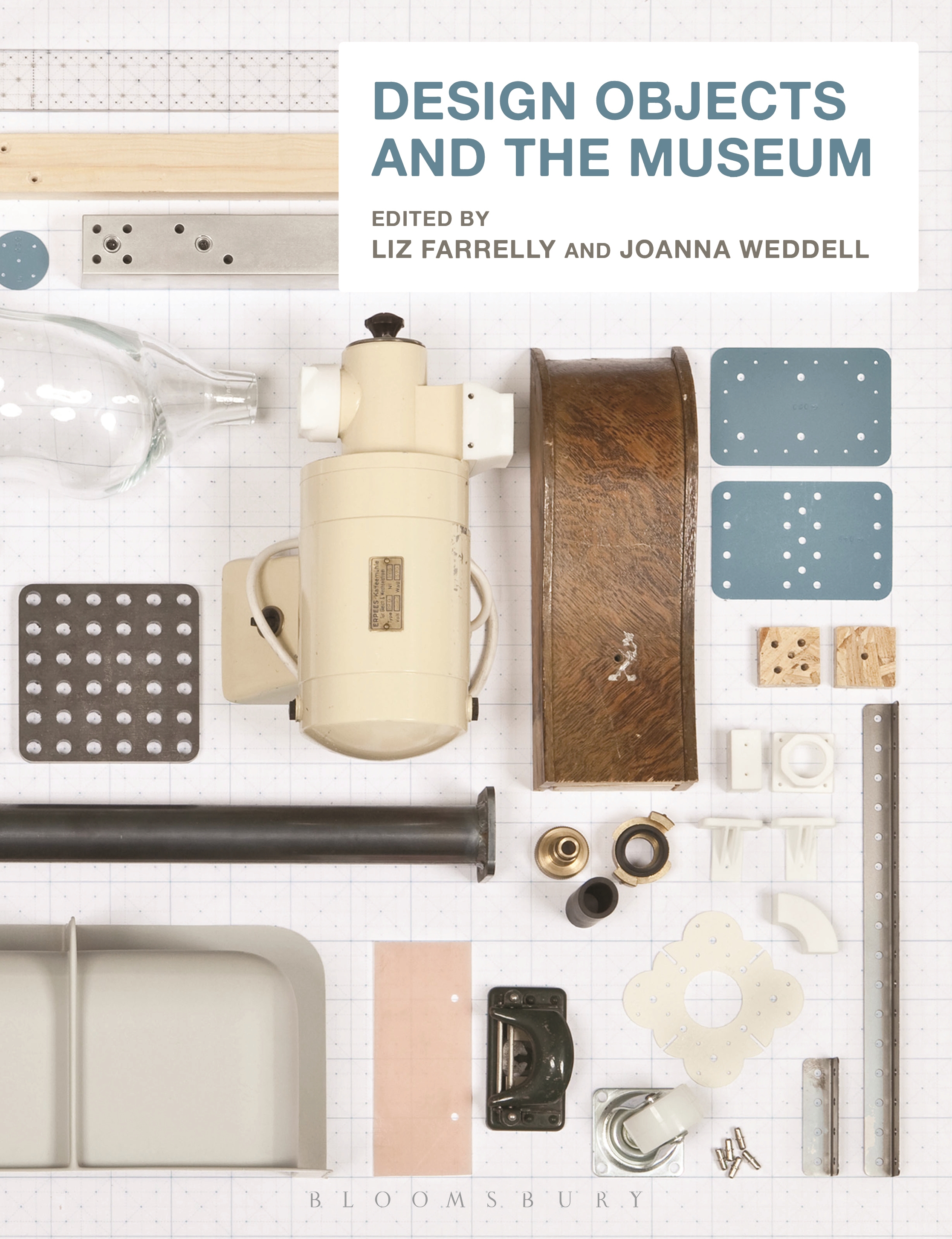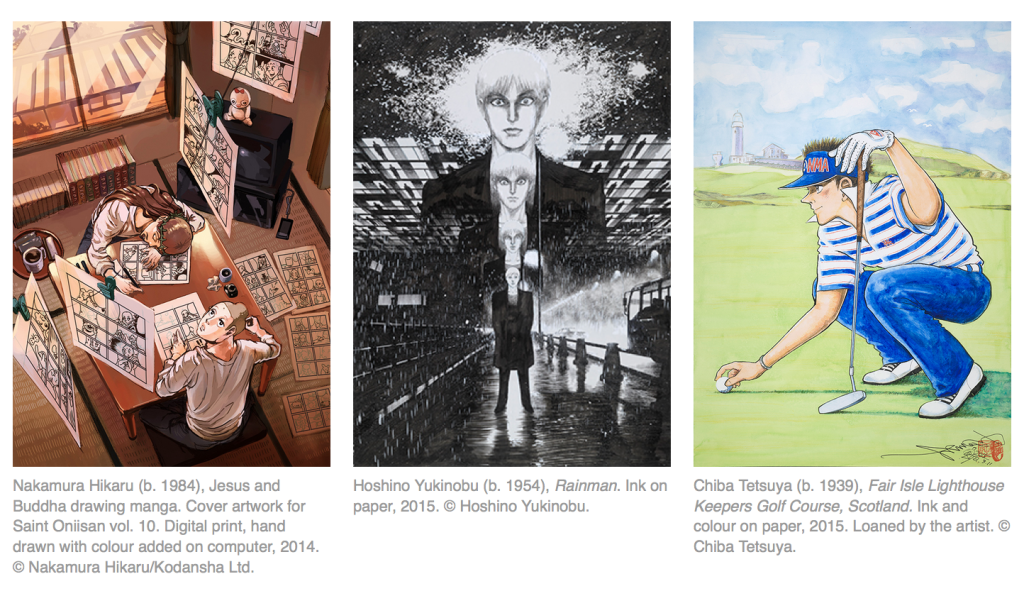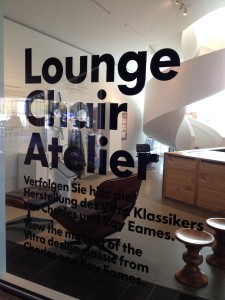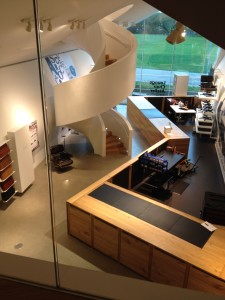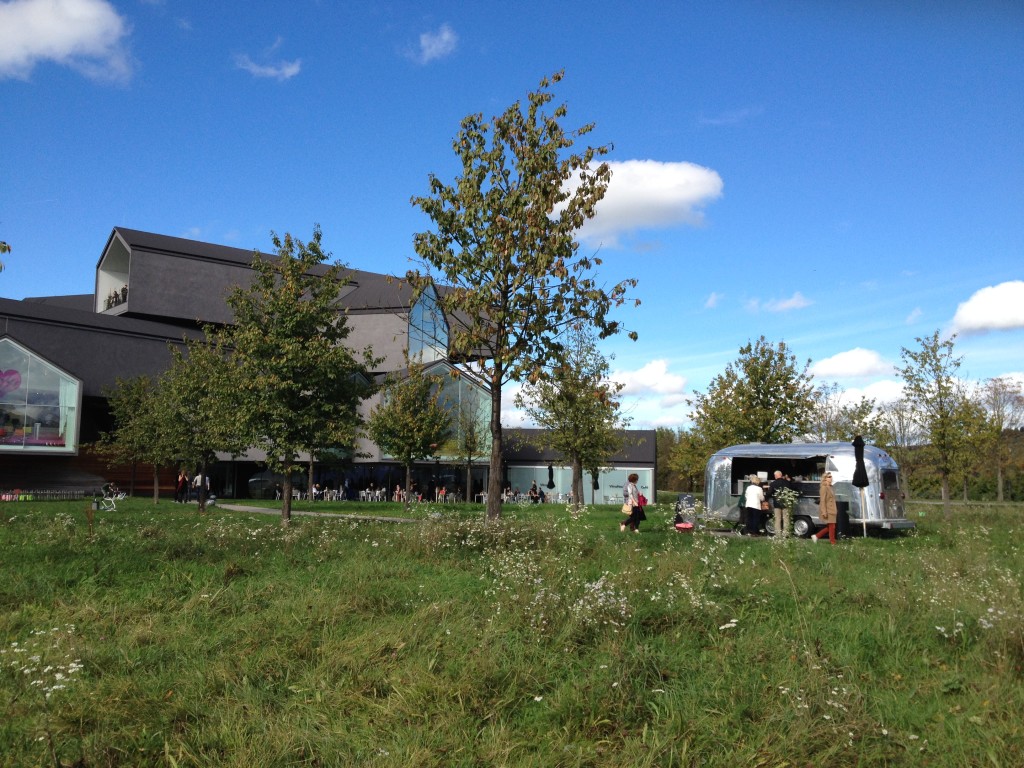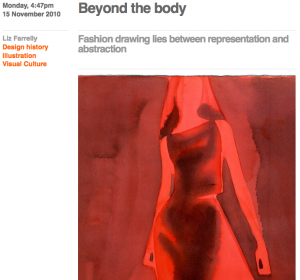Thinking about fashion exhibitions, and the way that fashion designers and students use museums and galleries for inspiration, reminded me to re-post this account of a round-table discussion at London’s Design Museum about Fashion Illustration, as a discipline, practice and commodity. This event was very well attended and super informative, and part of the programme around the Drawing Fashion exhibition, which I reviewed on Eye Blog, here, and reposted on this blog too, here.
Drawing Fashion
Design Museum
Shad Thames, London SE1
3 November 2010 to 6 March 2011
Drawing Fashion debate
5 November 2010
Another reason for reposting this now, is because Howard Tangye had an exhibition this month at the Hus Gallery, “Casting the Line”; the catalogue may be downloaded, here. I became an instant fan of Howard’s work on hearing him talk at this debate, and when Stina Gromark and Louise Naunton Morgan of STSQ launched a Kickstarter campaign to fund the design and publication of a monograph of Howard’s work, I was happy to contribute. The resulting book, Within — Howard Tangye is proof that Kickstarter is a very good thing!
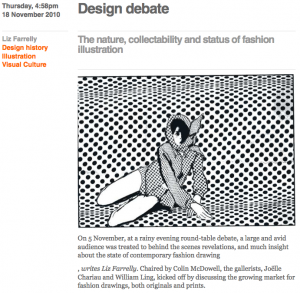
Thursday 4:58pm, 18 November 2010
Design Debate”
by Liz Farrelly
Originally published on Eye Blog
The nature, collectability and status of fashion illustration
On a rainy evening, a large and avid audience was treated to behind the scenes revelations, and much insight about the state of contemporary fashion drawing. Chaired by Colin McDowell, the panel included gallerists Joëlle Chariau of Galerie Bartsch and Charian, and William Ling of Fashion Illustration Gallery, who kicked off by discussing the growing market for fashion drawings, both originals and prints.
Chariau declared that finding an audience isn’t the issue, but that finding the drawings is, as so much was originally made to commission. She recounted how, when she first opened her gallery, she prompted René Gruau to search his house and cupboards for “packages” of artwork, which he had never considered saleable.
Ling admitted that the collecting market is still nascent, much like the graffiti scene was a decade ago. But, he added, “the art market is starved of beautiful, hand-drawn work…when I show a new client the work, and explain it, it’s extremely powerful.” Both revealed that they sell to a number of fashion photographers, musing that they are attracted by what drawing can achieve, that photography cannot.
Continue reading →

